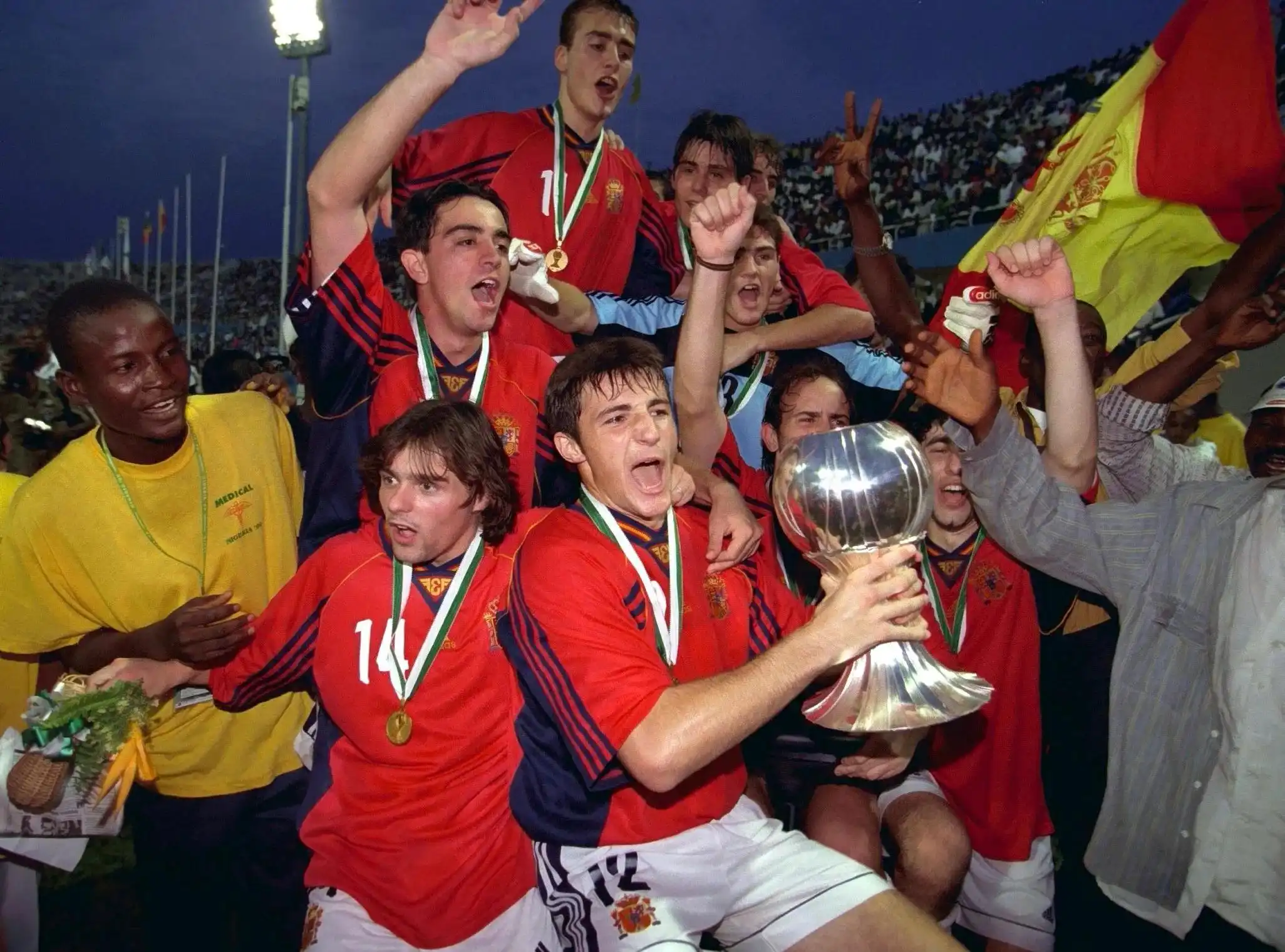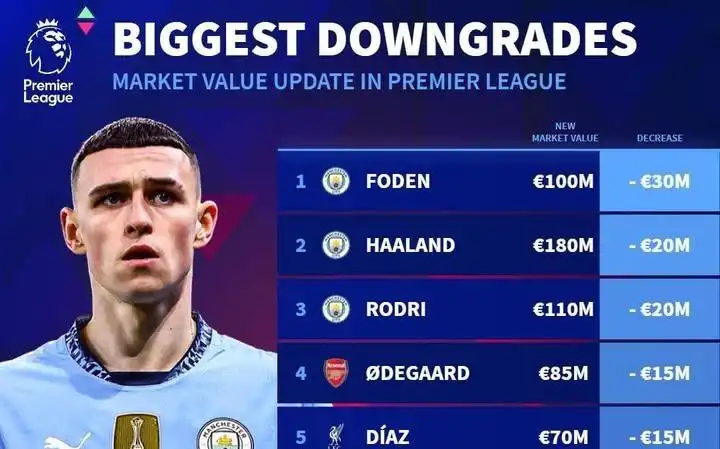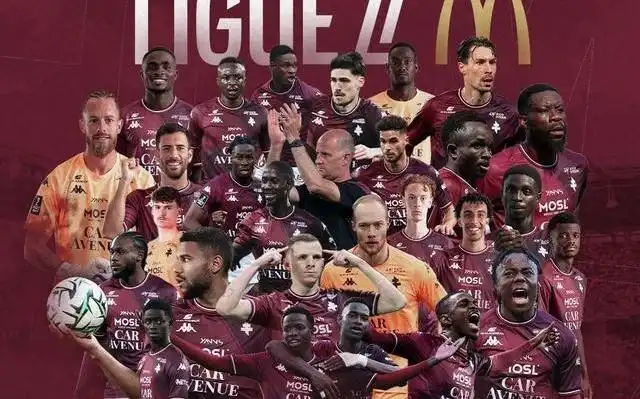The FIFA U-20 World Cup Chile 2025™ is now just 8 days away!
8
It was there, in the way he bestrode the playing field, that everything began.
With those short bursts, often heralding the imminent approach of a marker, and neat passing when simplicity was called for, the first seeds were sown. It was also the uncomplicated way he invariably picked out team-mates and would rather go backwards than risk ceding possession, and the deft footwork that allowed him to showcase the many facets of his game – from close control and intuitive distribution, to changes of direction, to precision shooting – that a new way was conceived.
At the 1999 FIFA World Youth Championship™ in Nigeria, Xavi Hernandez was 19 years old, having made his first team debut with Barcelona the previous year. Though one of the most promising young players of his generation, he had yet to consolidate his place in a Blaugrana side that was struggling with its identity and yet to hone the style that would later generate such spectacular dividends.
With the national team, however, the midfielder managed to impose himself much more quickly. Having previously worn the famous red jersey at U-17 level, his performances at the World Cup in Nigeria were remarkably assured. He played with such freedom, dominance and leadership there that he could have been enjoying a kick-about on any playing field in Barcelona.
Under the guidance of Inaki Saez, Spain opted for a 5-3-2 formation in Nigeria. The idea was to stretch the play using Pablo Coira and Fernando Varela on the left and right flanks, allowing the three in the middle to gain a numerical advantage. Supported by Pablo Orbaiz and Gabri, who were effectively pivots, Xavi operated with freedom. Up front, there was a No9 in the shape of Pablo Counago and a roaming forward in Jose Barkero.
Legends in the making: buy tickets to Chile 2025
And while some players evolve over time and even modify how they play, Xavi, just like Juan Roman Riquelme in 1997, Diego Maradona in 1979, Zvonimir Boban in 1987 and Javier Saviola in 2001, burst on the scene with his footballing DNA intact and would stay true to it all his career. Quite simply, it seemed the Spaniard was incapable of losing possession.
“You could see he was simply a cut above, and we knew that he’d probably go much further than everyone else,” Conego said in an interview with FIFA. “We could never have imagined the actual level he would reach, but you could see he was better than the rest.”
In that Roja side that went undefeated in Nigeria, culminating in a dazzling and emphatic win over Japan in the final, Xavi was even more influential than usual, contributing to almost every facet of the play. He frequently took the pressure of the centre-backs by offering a convenient outlet to take charge of distribution. A number of his passes were vital assists, such as the one served up to Pablo for the second goal in the final, while he also netted himself against Mali in the semi-final.
Footballing success sometimes requires paths and destinies to cross, and for Xavi, that meant Luis Aragones, a coach who clearly understood him. His influence was in evidence at the 2006 World Cup, though not as much as it could have been, with the tournament in Germany representing a swansong for the likes of Raul and Michel Salgado and the start of the road for others like David Villa and Fernando Torres.
Over time, with the arrival of Vincente Del Bosque, the team’s key players would become synonymous with Spain’s footballing philosophy. They began to play a certain way, and that style remains unchanged to this day. Along the way, it yielded two UEFA EUROs and the 2010 FIFA World Cup, inspired by a golden generation which included Xavi, Sergio Busquets, Andres Iniesta and Cesc Fabregas.
The evolution in Spain’s play continued bit by bit. At its heart was passing and player movement, and the willingness of everyone to buy into the model, even across generations.
It was also the philosophy of Barcelona, which were on a parallel and very similar path at the time.
But it all started at a youth tournament in Nigeria, where the No8 had an extraordinary influence thanks to a formidable repertoire of skills and distinct way of playing. It was during this world title that the new approach first took root and where it all began for Xavi.



